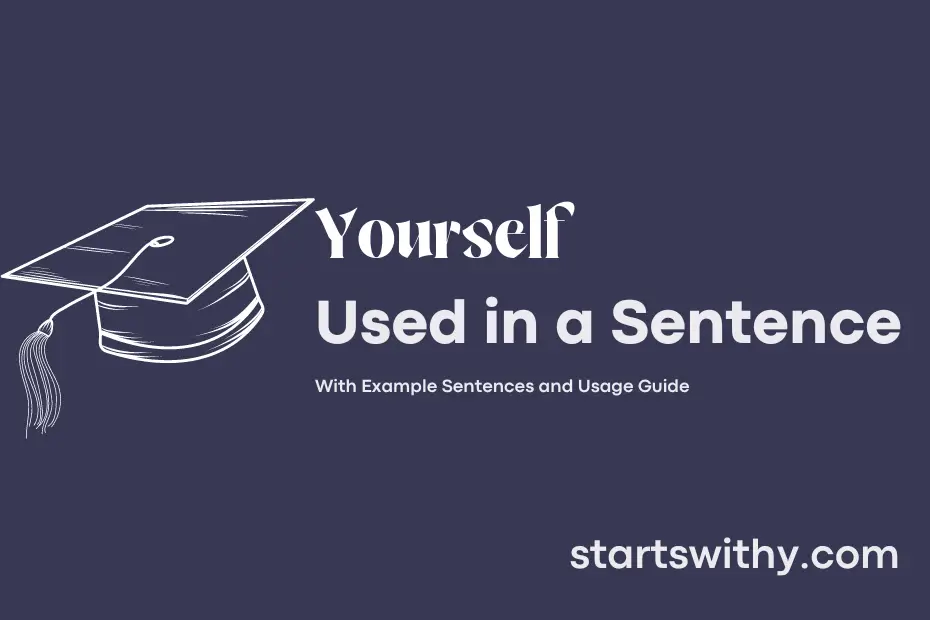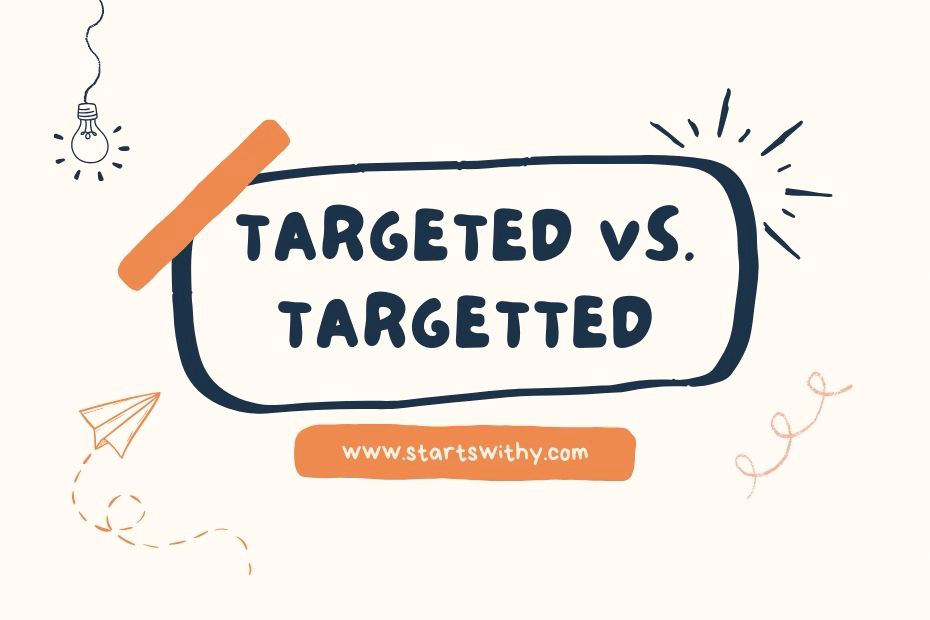Have you ever struggled with how to properly use the word “yourself” in a sentence? Let’s clarify this common grammar confusion.
“Yourself” is a reflexive pronoun that refers back to the subject of a sentence. It is often used for emphasis or to indicate that the action in the sentence is being directed back at the subject.
7 Examples Of Yourself Used In a Sentence For Kids
- Brush your teeth by yourself every morning.
- Wash your hands by yourself before eating.
- Tie your shoes by yourself, you can do it!
- Pick up your toys by yourself before bedtime.
- Feed yourself with a healthy snack.
- Try to draw something by yourself, it’s fun!
- Remember to say “excuse me” when you need help yourself.
14 Sentences with Yourself Examples
- Make sure to take breaks while studying to give yourself some time to relax.
- Don’t forget to challenge yourself by enrolling in extracurricular activities.
- It’s important to set goals for yourself to stay motivated throughout the semester.
- Take care of yourself by eating nutritious meals and getting enough rest.
- Surround yourself with positive and supportive friends who will encourage you to do well academically.
- Challenge yourself by participating in class discussions and sharing your thoughts openly.
- Allow yourself to make mistakes and learn from them instead of being too hard on yourself.
- Take some time to engage in self-care activities to recharge yourself mentally and emotionally.
- Organize study groups with yourself and classmates to review course material together.
- Make sure to manage yourself time effectively to balance academics, extracurricular activities, and personal time.
- Don’t be afraid to seek help from tutors or professors if you find yourself struggling with a particular subject.
- Challenge yourself by taking on leadership roles in student organizations to develop new skills.
- Create a study schedule that works best for yourself to stay on track with assignments and exams.
- Remind yourself to stay positive and confident in yourself abilities to overcome any challenges that come your way.
How To Use Yourself in Sentences?
When forming a sentence, the word “Yourself” serves as a reflexive pronoun. It is used when the subject and object of the sentence are the same person. Beginners can include “Yourself” to emphasize that the subject of the sentence is also the receiver of the action.
Example:
– I can do it myself.
– She is teaching herself to play the guitar.
– Please remind yourself to bring the keys.
To properly use “Yourself” in a sentence, follow these steps:
1. Identify the subject of the sentence (the doer of the action).
2. Determine if the subject is also the receiver of the action.
3. If the subject is the receiver of the action, use “Yourself” to indicate the reflexive nature of the action.
4. Place “Yourself” after the subject pronoun and before the verb.
It’s important to note that “Yourself” is used in the second person singular form. If the subject is in the first person singular form (I) or the third person singular form (he/she/it), you would use “Myself” or “Himself/Herself/Itself” accordingly.
With this guide, beginners can confidently incorporate Yourself into their sentences to convey actions done by the subject to themselves.
Conclusion
In learning to construct sentences with the keyword “yourself,” a sense of self-awareness and personal connection is emphasized. By using this keyword, one can direct the focus of the sentence towards the individual and encourage introspection and reflection. Whether addressing self-care routines, personal growth goals, or reflections on accomplishments, sentences with “yourself” promote a deeper understanding of one’s own thoughts, feelings, and actions.
By incorporating sentences with “yourself” into communication, individuals can enhance self-expression and promote self-empowerment. This keyword encourages taking ownership of one’s experiences and decisions, ultimately leading to a greater sense of self-identity and confidence. Embracing sentences with “yourself” in daily conversations can foster a stronger connection with one’s inner self and promote personal growth and development.



